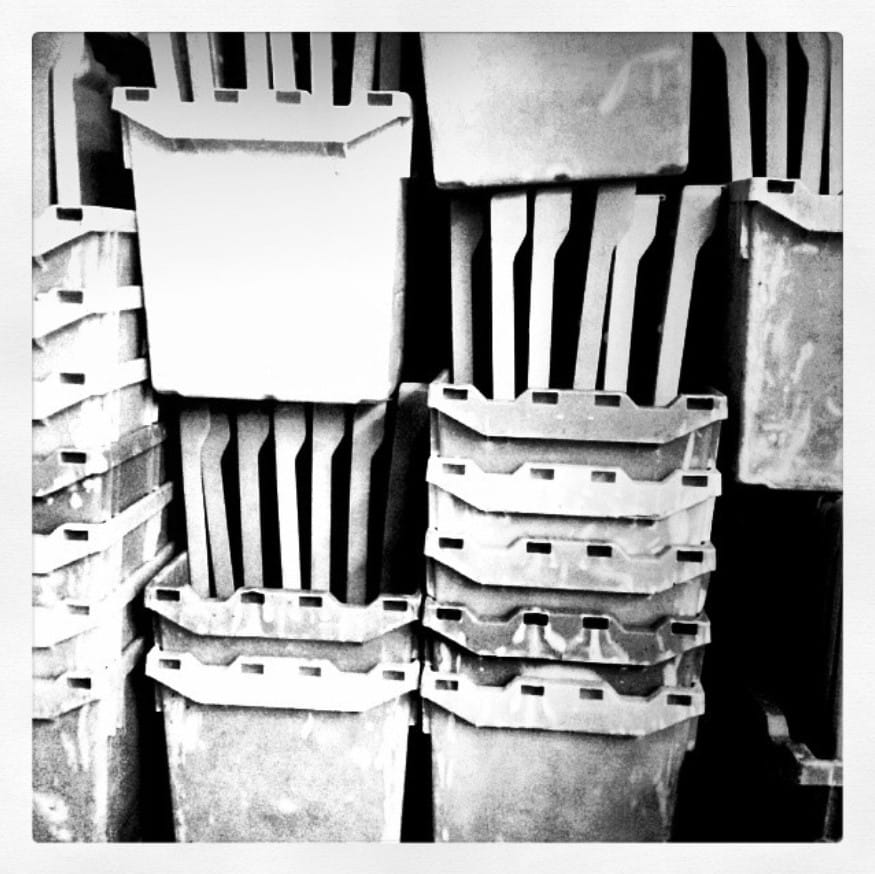
Putting ink on paper in 2024
If you are an LMT print subscriber and haven’t received your paper for a while, you’re not alone. We haven’t printed since June. Costs are rising, and content and revenue are not. However, we have been distributing our news online for the last couple of years, and readership there is climbing
-Dan Degenstien
July 29, 2024
Scale
When printing newspapers, the first copy is the most expensive. Everything after that becomes exponentially cheaper. The difference in cost between 400 and 4000 copies is negligible. We tested that in late 2022 when we switched from free distribution to subscriber/addressed mailing. It was a somewhat natural experiment in reader retention.
With six weeks' notice of the change, readers were encouraged to subscribe to continue receiving the paper. By the end of that time, our print count had dropped significantly, but because of that scale, our printing cost only dropped slightly, and because sending “addressed mail” costs much more than unaddressed mail, that cost remained practically the same. Subscriber revenue doesn’t even begin to approach the cost of printing and mailing, let alone other expenses of a small business.
Paradigms
Our weekly publication is based on three things. Tradition tops the list, followed by loyalty to subscribers and the revenue that goes with it. Lastly, an agreement with our weekly newspaper association provides us with display advertising for customers each week. These things require us to print on a weekly basis, but for a long time, these two revenue streams haven’t managed to eclipse the costs they demand.
It doesn’t make financial or common sense to continue an antiquated practice which is losing money, and we’ve only continued to do it this way out of a sense of community service and as a way to attempt to slowly transition away from relying on revenue from print distribution, or in this case, its cost.
We love it when readers say, “We want the print edition; we really prefer reading the news in print.” Unfortunately, it costs a bloody fortune, and we just can’t continue to fund this nostalgia for the few. Other publications might be able to manage it despite the challenges, but we can no longer—at least not every week.
Reading news online has been common since 1998—that's 26 years. There could be practicing Medical Doctors who might have gone their entire lives without reading a print newspaper. 26 years ago it was absurd to pay for news or information on the internet. However, children delivering daily newspapers and collecting cash each week were commonplace.
There has been a polar shift. These days, most people subscribe to multiple things online without a second thought. But those same people might not want to pay money to get week-old news printed on a stack of giant sheets of paper folded down to a manageable size, and placed in a box outside their front door where they mostly get coupons and store flyers.
Other Methods
The whole world has accepted reading the news online and seeing the advertisements that go with them, but the weekly print news industry at large seems to believe it’s immune to this and will survive this ‘phase’ of society.
Based on the steady decline we’ve been recording since 2007, our paid subscriber base is actually better than I would have projected, and our overall readership (website, email newsletter, etc.) is very good. Adding those digital options in the meantime has allowed for this.
Going forward
We will continue business this way, for now, not printing weekly. When we have an opportunity and revenue to justify it, we’ll print again, for special editions and memorable occasions like Remembrance Day, for example. If you have a print subscription, you have a digital subscription included. If we don’t have your email address, contact us to have it associated with your subscription.
The big players
As the news industry and people’s habits change, we struggle to adapt. Prominent news outlets like PostMedia aren’t immune either. In April, the corporate owners of the Leader-Post, StarPhoenix, and the Toronto Sun reported a decrease in quarterly revenue: $14 million less in April ‘24 compared to April ‘23, a 13% drop.
Despite declining revenue, these big players can fall back on their economies of scale and the reach of their infrastructure. In areas with large populations, they can produce news relevant to hundreds of thousands of people and distribute it on their network of websites and mobile apps, in addition to daily or weekly print newspapers.
Infrastructure and red flags
In 2022, Postmedia acquired a business whose assets include a parcel delivery service. This is a clever pivot to diversify their business, but it sets off alarm bells. An easily drawn conclusion could be that there are not enough ads or subscribers to support the current business model. Expanding a business into other industries while your current industry is in decline is the right move for a business, but it sends a strong message. It’s a lot like when a bar gets a karaoke machine when crowds begin to dwindle. Or adding a second trivia night…
They are leveraging existing infrastructure to pull in more revenue. Should they be putting that focus back on the struggling portion of their business or have they already determined it's moot?
Last Mountain Times Newsletter
Join the newsletter to receive the latest updates in your inbox.


